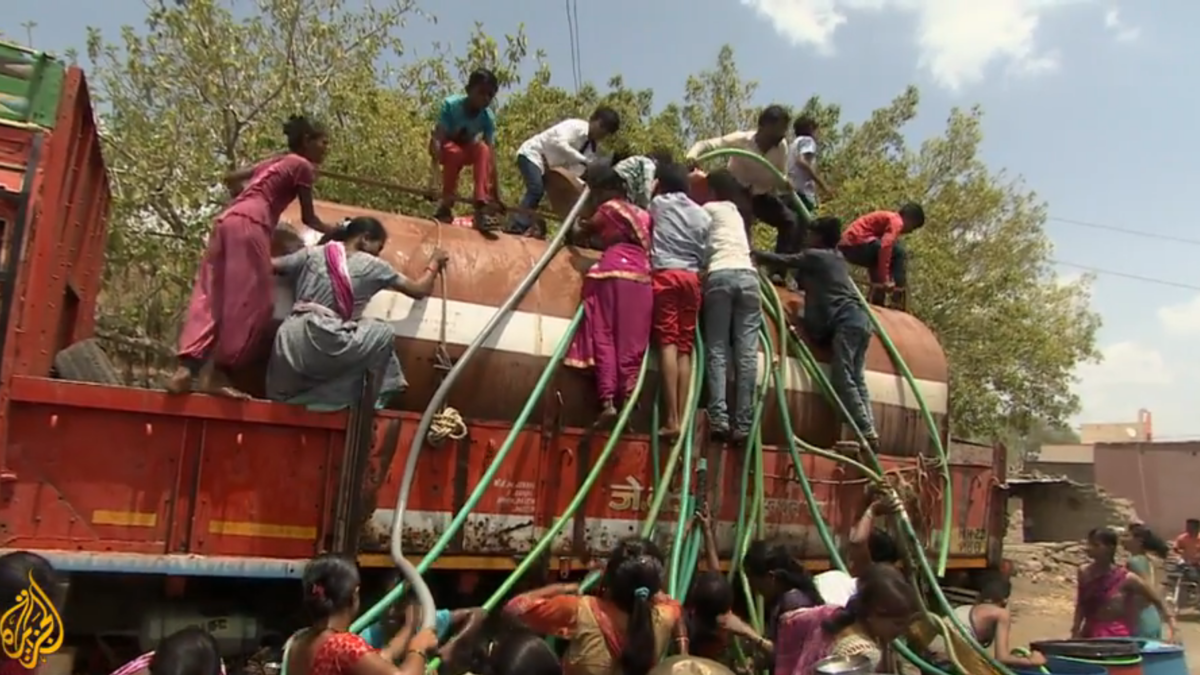Center for American Progress: Why we now oppose drilling in the Arctic
By Carol Browner and John Podesta
17 January 2013 The Arctic Ocean is subject to some of the most volatile weather patterns on the planet. Geologists believe it also contains vast undersea oil and gas reserves. Last year, the Arctic’s ice cover shrank to the lowest levels in recorded history and, not coincidentally, Royal Dutch Shell Plc (RDSA) received the first permits in decades to begin prospecting for oil and gas in federal waters north of Alaska’s wilderness. Developers and President Barack Obama’s administration assured us these operations would be safe, thanks to strict oversight and new technology. Now it seems this optimism was misplaced. Unfortunately for Shell and other oil producers seeking to exploit the region, the company’s best efforts were met with multiple failures. We were open to offshore oil and gas development in the Arctic provided oil companies and the government could impose adequate safeguards, ensure sufficient response capacity and develop a deeper understanding of how oil behaves in ice and freezing water. Now, following a series of mishaps and errors, as well as overwhelming weather conditions, it has become clear that there is no safe and responsible way to drill for oil and gas in the Arctic Ocean. The most recent calamity occurred when Shell’s drilling rig, the Kulluk, slipped its cables as it was being towed and ended up on the shore of a small uninhabited island near Kodiak in the Gulf of Alaska. It has since been salvaged and towed to a nearby harbor so engineers can assess the damage. Last week, announcing the beginning of an internal review of the Arctic drilling program, Interior Secretary Ken Salazar admitted that he “never felt comfortable” with Shell’s efforts and added, “it may be that Shell isn’t even ready to move forward with drilling in 2013.” [more]
Why We Now Oppose Drilling in the Arctic

